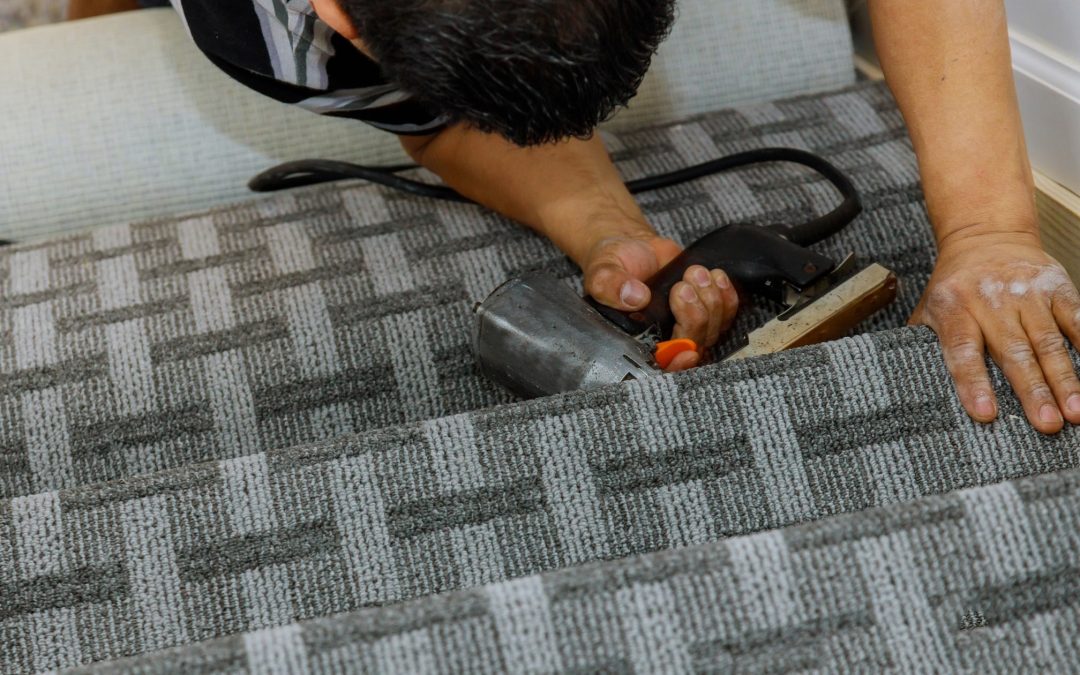Choosing the perfect carpet flooring is an exciting step in any home renovation project. It immediately adds warmth, style, and comfort to your space. But while planning your carpet installation, it’s important to consider more than just the carpet cost. Hidden expenses can sneak up, turning your budget upside down. Understanding these factors will help you get an accurate estimate and avoid surprises.
This guide dives into the hidden costs of carpet installation, helping you plan better and ensure you’re prepared for every step of the process.
Understanding Carpet Installation Costs
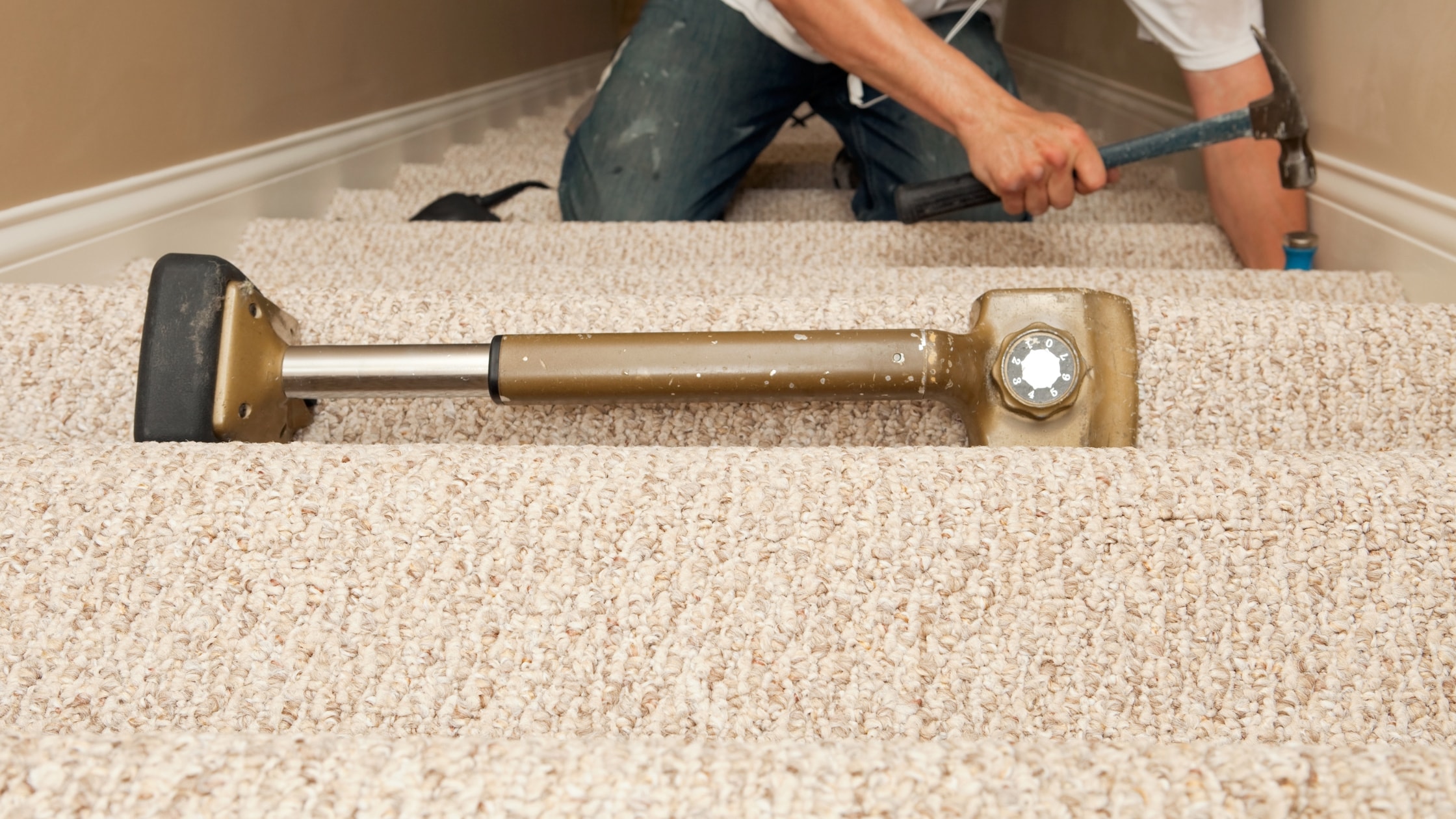
A common question homeowners have is, “How much does it cost to install carpet?” The installation cost depends on several factors like the type of carpet flooring, the size of the space, and the labor costs. While the average carpet installation cost ranges between $6 and $12 per square foot, this figure doesn’t always reflect the total cost of the project.
Why? Because carpet installation involves many steps beyond laying the new carpet. These steps can add to the overall cost, especially if unexpected issues arise during the process.
Quick tip: When requesting quotes, always ask for a detailed breakdown. This will give you a clearer picture of materials, labor costs, and any potential extra fees.
Hidden Costs to Watch For in Carpet Installation
Carpet installation is often more complex than it seems, and while a carpet installer may provide an initial estimate, unexpected costs can arise throughout the process. To help you plan better, here are the hidden costs you should be aware of before starting your carpet installation project.
Subfloor Repairs
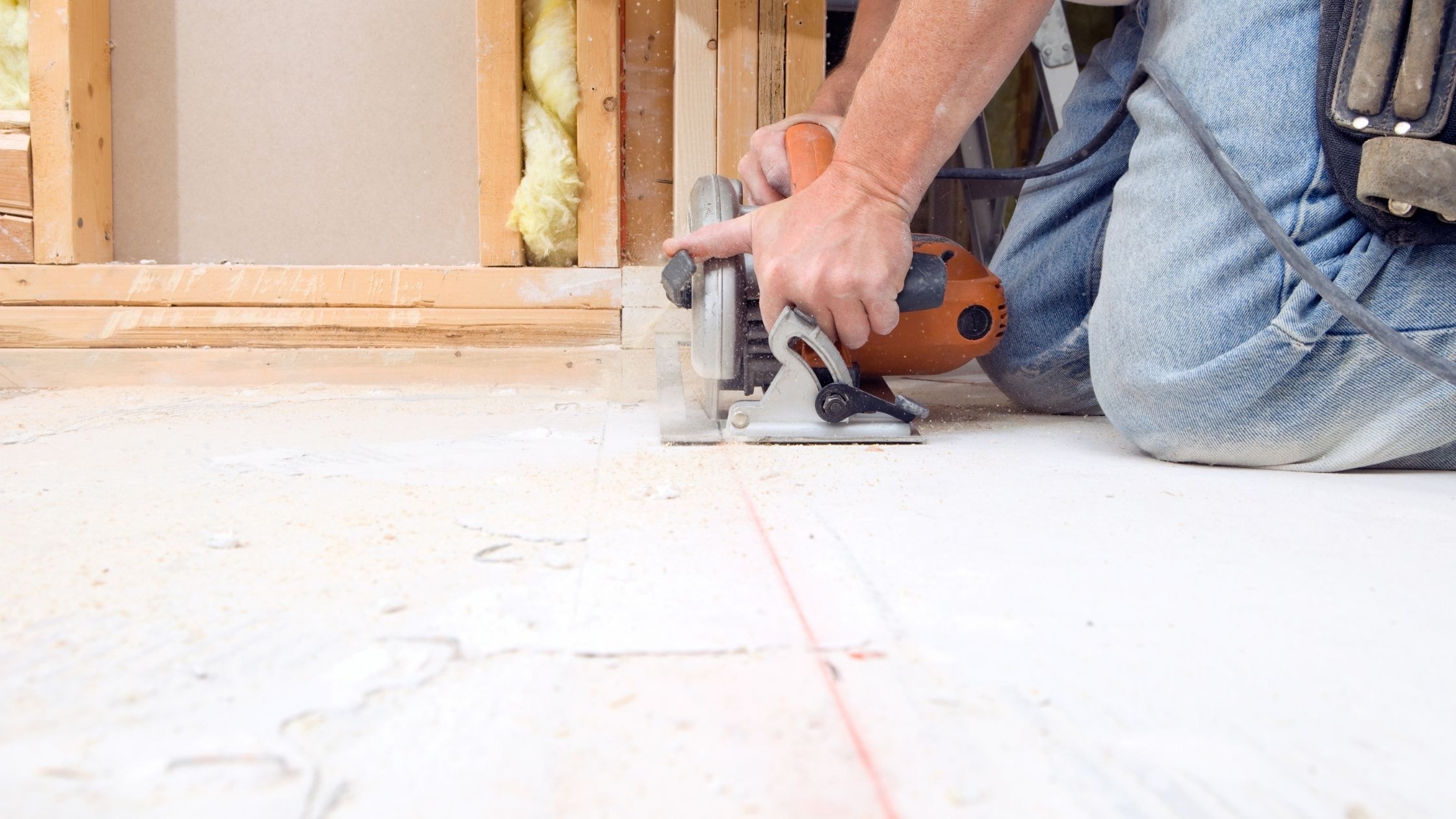
One of the most common hidden costs in carpet installation is subfloor repair. Your subfloor needs to be in good condition before the new carpet can be installed. Issues like uneven surfaces, rot, or damage must be addressed to ensure the carpet lays flat and lasts longer. Subfloor repairs are particularly common in older homes or during renovation projects.
To avoid delays, inspect your subfloor in advance. A professional contractor can assess the condition of the subfloor and account for necessary repairs in your initial estimate. Failing to address subfloor problems can compromise the durability of your carpet and lead to additional costs down the road.
Carpet Removal and Disposal Fees
Removing old carpet is another expense that many homeowners overlook. Carpet removal often involves tearing out the old carpet, separating it from the padding, and properly disposing of the material. Some installers may charge extra for these tasks, and costs can vary depending on your location and the contractor’s policies.
Additionally, disposal fees may be added for transporting the carpet to a landfill or recycling center. If you’re replacing multiple rooms or large areas of carpeting, these costs can add up quickly. Asking your installer about removal and disposal fees ahead of time can help you budget accordingly.
Carpet Padding Costs
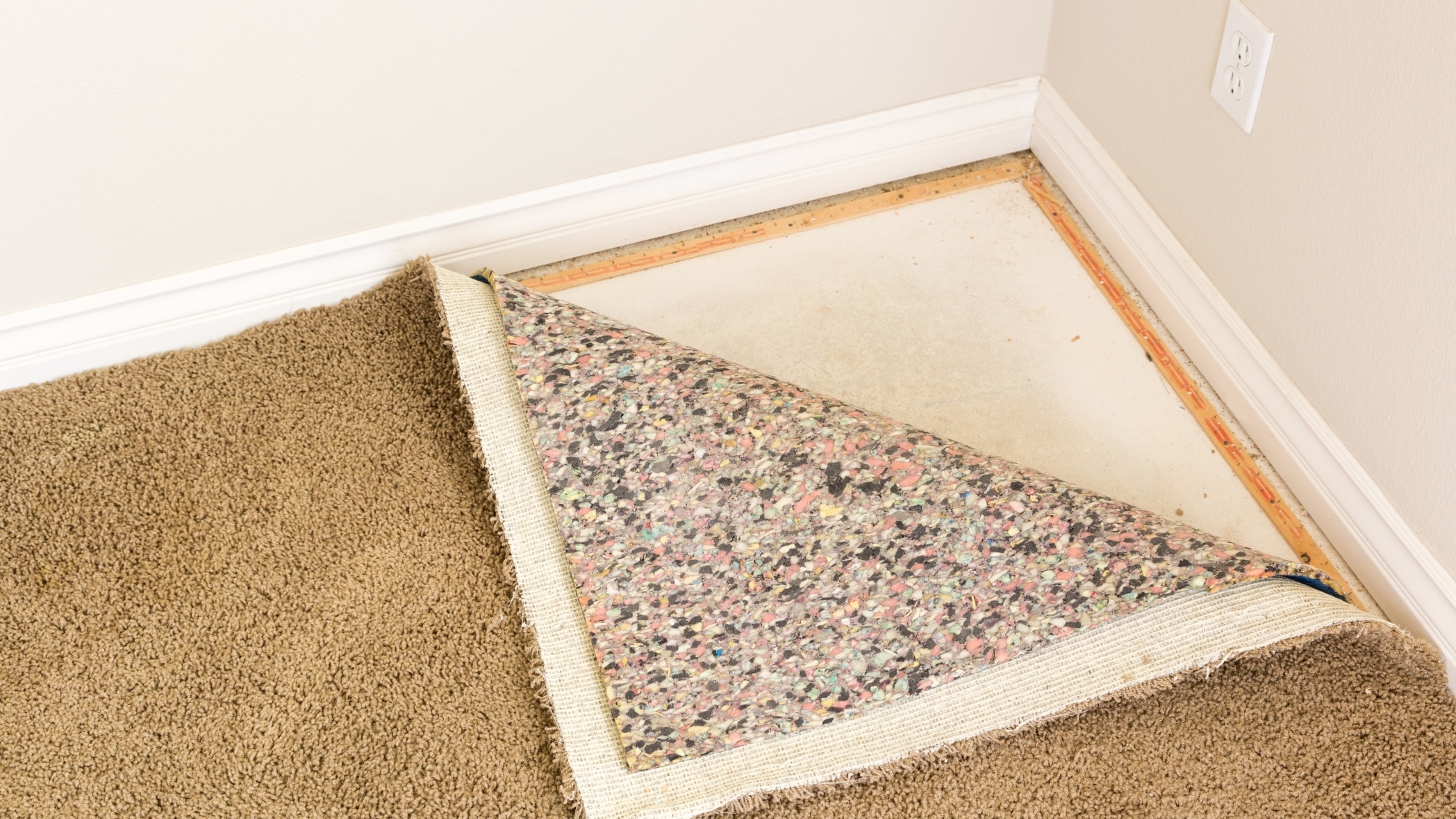
Carpet padding is essential for comfort, insulation, and the lifespan of your carpet, but it’s rarely included in the base price of installation. The type of padding you choose—foam, rubber, or fiber—will impact the price. Thicker or higher-quality padding may cost more upfront but can improve the comfort and durability of your carpet.
For homes in colder climates, investing in premium carpet padding can also improve insulation and reduce energy costs. Be sure to discuss your options with the installer to find the right balance between budget and quality.
Did you know? Some recyclers accept carpet flooring to create new materials. Check with your local facilities to explore eco-friendly disposal options.
Moving Furniture and Appliances
Before carpet installation, all furniture and appliances must be removed from the room. While this might seem like a simple task, it can become an added expense if you need the installers to handle it. Many contractors charge additional fees for moving heavy items, which can delay the process if not accounted for in advance.
To save money, plan to move furniture and appliances yourself. If this isn’t feasible, confirm the cost of this service upfront to avoid unexpected charges on installation day.
Baseboard and Tack Strip Replacement
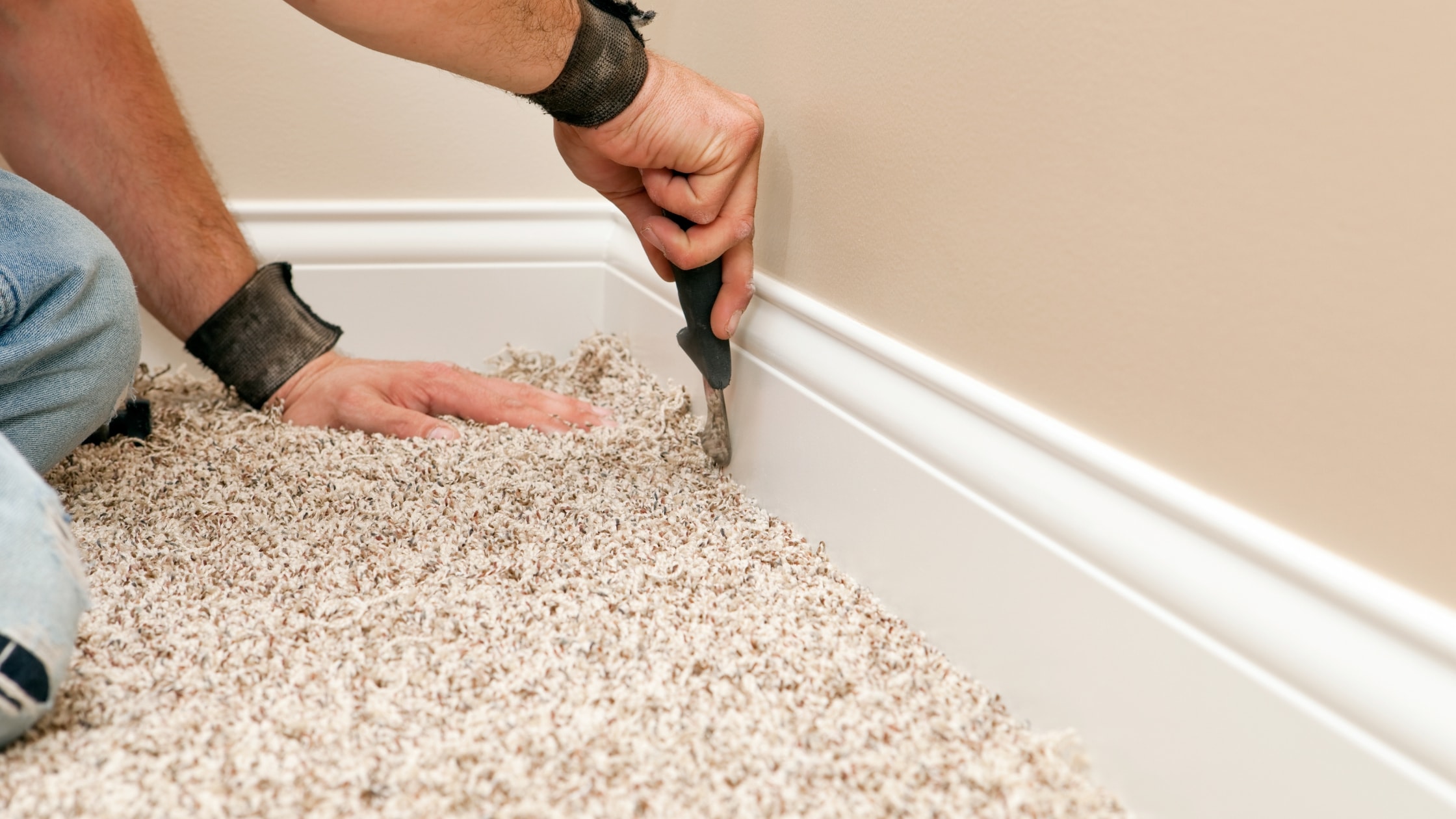
Baseboards and tack strips are an often-overlooked aspect of carpet installation. Tack strips, which hold the carpet securely in place, need to be in good condition. Damaged or worn-out strips may need to be replaced, adding to the overall cost of installation.
Similarly, baseboards may require minor touch-ups or a complete replacement, depending on their condition. Even small repairs can increase your expenses if not planned for ahead of time. Be sure to inspect these components during your initial walkthrough with the installer.
Costs for High-Traffic Areas and Stairs
Installing carpet in high-traffic areas, hallways, or stairs often requires extra precision and effort. These areas are subject to more wear and tear, so installers may use additional materials or techniques to ensure the carpet holds up over time.
Stair installations, in particular, can be complex and time-consuming, often requiring special tools. As a result, contractors may charge more for these areas. If your project includes stairs or high-traffic zones, make sure to clarify these costs with your installer upfront.
Material Upgrades During Installation
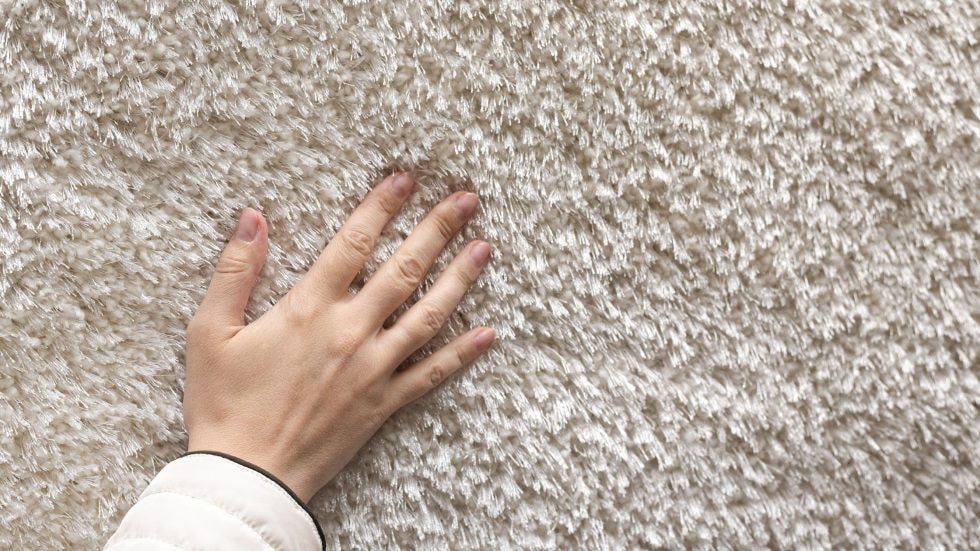
It’s easy to fall in love with a higher-quality carpet or premium material during the selection process. Carpets made from materials like nylon, wool, or those with intricate patterns can significantly increase costs compared to standard options.
Additionally, selecting stain-resistant or hypoallergenic carpets may come with an added price tag. To avoid overspending, set a clear budget before shopping and stick to it, even when tempted by luxurious upgrades.
Additional Repairs and Touch-Ups
Sometimes, removing old carpet can reveal hidden damage to surrounding structures, such as drywall, thresholds, or insulation. These issues often need to be addressed before new carpet can be installed properly.
Whether it’s patching drywall holes, fixing door frames, or replacing damaged thresholds, these repairs can quickly increase your overall costs. Inspecting these elements beforehand and discussing potential repairs with your installer can help reduce surprises later.
Carpet installation involves more than just laying down new flooring—it often includes hidden costs that can catch homeowners off guard. From subfloor repairs and padding to furniture moving, baseboard replacement, and material upgrades, understanding these expenses upfront can help you plan your project more effectively.
To avoid surprises, work closely with your installer to get a detailed estimate and inspect your space thoroughly before starting the installation. By being prepared, you can enjoy your new carpet without worrying about unexpected costs.
Quick tip: Plan for a 10-15% contingency fund in your budget to cover any unexpected expenses.
The Benefits of Hiring a Professional Carpet Installer
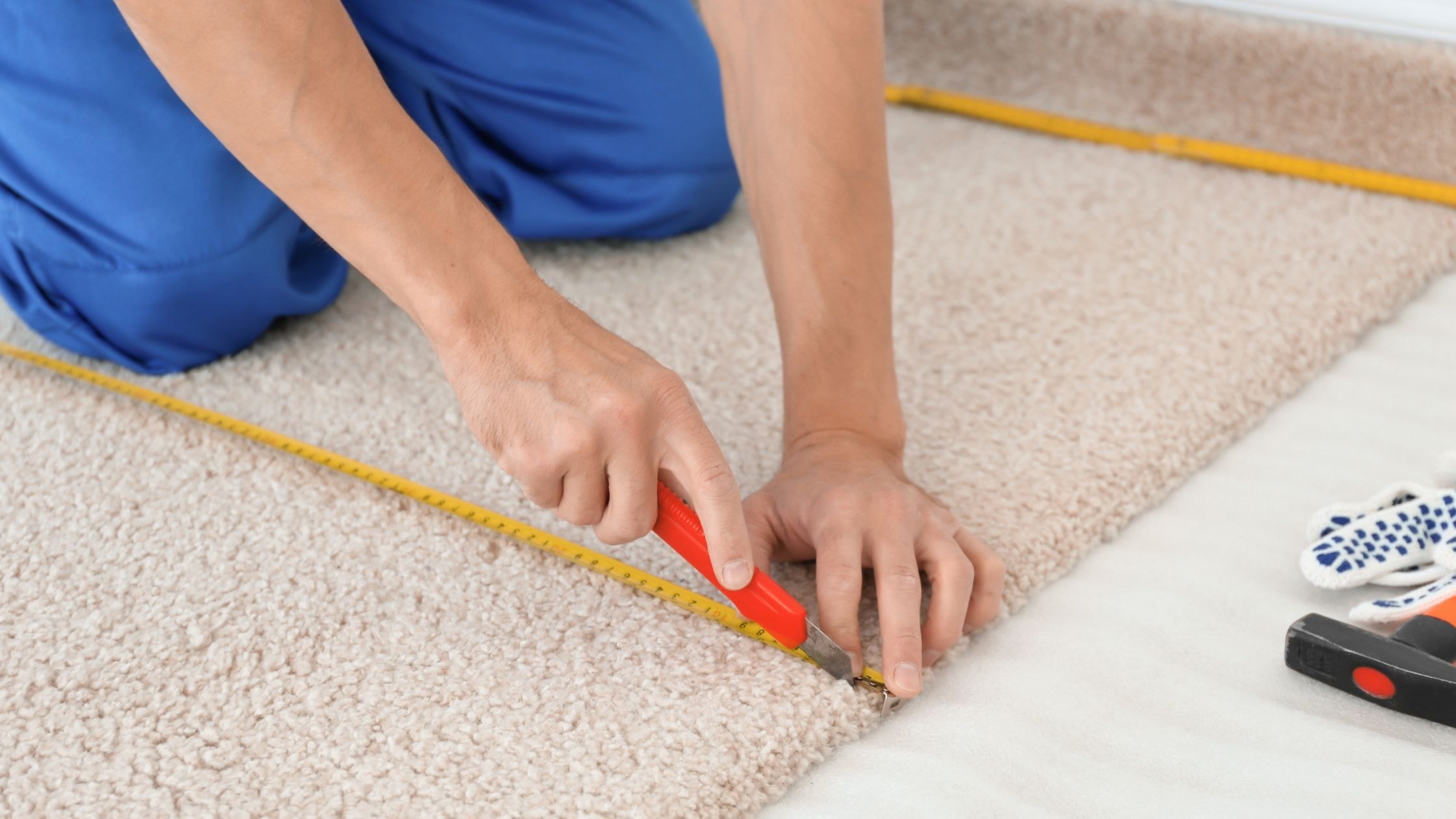
While it might be tempting to attempt a DIY carpet installation, hiring a professional carpet installer is often the smarter move. Professionals ensure proper installation, minimizing waste and giving your home a polished appearance.
For a detailed comparison of DIY vs. professional services, check out our article DIY Carpet Installation vs. Hiring a Pro.
How to Get an Accurate Estimate for Your Carpet Installation
Getting an accurate estimate for your carpet installation is essential for avoiding unexpected costs and planning your budget effectively. The process doesn’t have to be complicated—follow these simple steps to ensure you’re prepared.
Measure the Area Size
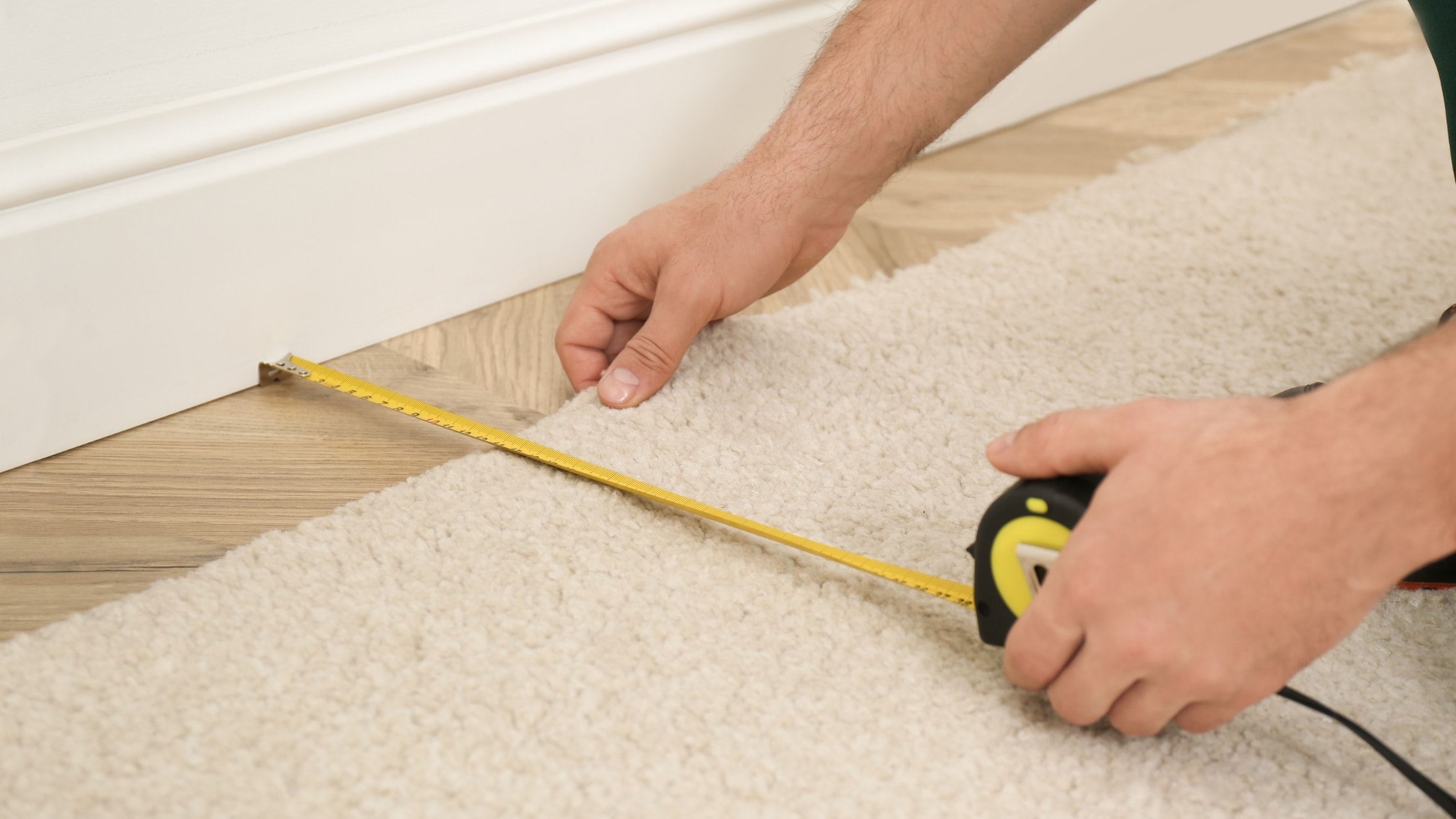
Start by calculating the size of the room in square feet. This is done by multiplying the length and width of the space. Don’t forget to include closets, nooks, or other areas where carpet will be installed. For stairs, measure the number of steps and multiply that by the surface area of one step, then account for any landings. Providing precise measurements ensures you’ll get a more accurate quote.
Choose Your Carpet Style
Carpet styles can significantly impact both cost and functionality. Options like plush, Berber, frieze, or patterned carpets each have different price points and durability levels. Consider the purpose of the room—high-traffic areas might benefit from durable, stain-resistant carpets, while softer, more luxurious options might be better for bedrooms or living rooms. Make sure the carpet you choose aligns with your space, budget, and lifestyle needs.
Interview Installers and Compare Quotes
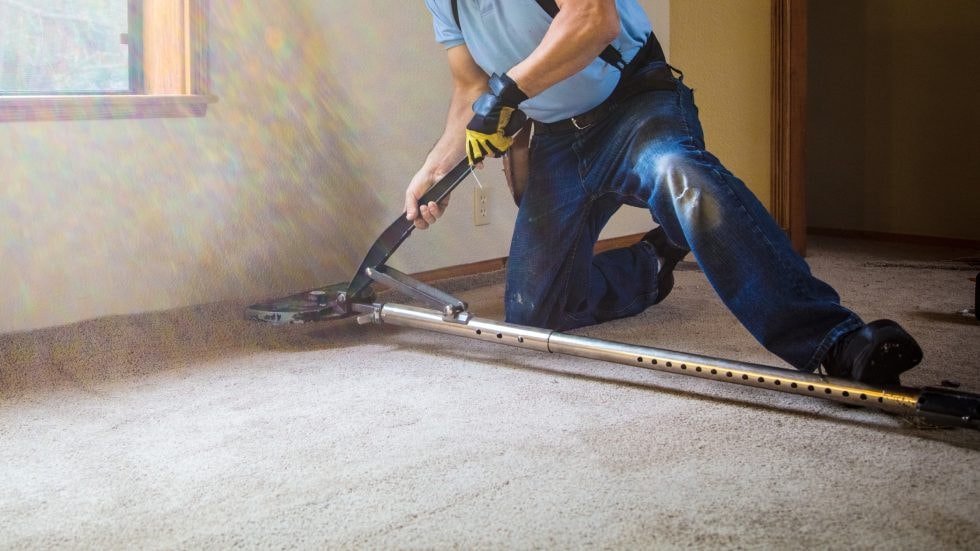
Once you’ve measured your space and chosen a carpet style, it’s time to find the right installer. Request itemized quotes from multiple professionals. These quotes should include labor costs, material costs (such as carpet padding and adhesives), and any extra fees for services like furniture moving or post-installation clean-up. Be sure to ask about warranties on both the installation and the carpet itself. Comparing quotes ensures you’re not only getting the best price but also working with a trusted professional.
Additional Tips
When getting an estimate, remember to ask about potential waste or overage. Most installers recommend ordering an extra 10% of carpet to account for cuts and seams, especially for irregularly shaped rooms.
Need help understanding the next steps? Check out What Happens on Installation Day to learn more about what to expect during the carpet installation process.
Did you know? Replacing old, stained carpet with carpet flooring that suits your home’s style can increase its resale value. It’s an investment that pays off over time.
Frequently Asked Questions About Carpet Installation Costs
How much does it cost to install carpet in one room?
The carpet installation cost for one room depends on the area size, materials, and labor costs. On average, expect to spend $300 to $800 for a 10×10-foot room.
What factors impact the average carpet installation cost?
Several factors play a role, including the choice of materials, condition of the subfloor, and any additional work like carpet removal or repairs.
How can I save money on carpet installation?
Shop during sales, compare quotes from multiple contractors and clear your space before the installation begins.
What are the most durable carpet options for high-traffic areas?
Options like nylon or solution-dyed fibers are highly durable and resist wear and tear in high-traffic areas.
What is the average lifespan of carpet flooring?
The lifespan of a carpet depends on the material, usage, and maintenance. High-quality carpets like wool and nylon can last up to 15-20 years with proper care, while polyester typically lasts around 5-10 years. Regular vacuuming and deep cleaning can significantly extend the carpet’s life.
How do I choose the best carpet color for my home?
When selecting a carpet color, consider factors such as room size, lighting, and décor. Lighter shades can make a small room appear larger, while darker tones hide stains and create a cozy atmosphere. Neutral colors like beige or gray are timeless and versatile.
Are there stain-resistant carpets available on the market?
Yes, many modern carpets are treated with stain-resistant technology. Materials like solution-dyed nylon or polyester often come with added protection against spills and stains, making them ideal for households with children or pets.
Should I invest in carpet padding, and is it necessary?
Absolutely! Carpet padding enhances comfort, improves insulation, and extends the life of your carpet by providing additional support and reducing wear. A high-quality pad can also help reduce noise and make your home feel cozier.
Plan Ahead to Avoid Hidden Costs
Transparent pricing and thorough planning are essential to avoid unexpected surprises during your carpet installation process. Take the time to ask plenty of questions, request detailed quotes from your installer, and anticipate any potential extra expenses that may arise along the way. Proper preparation can save you time, stress, and money.
For more guidance on planning your carpet installation, check out The Comprehensive Guide to Carpet Installation.

